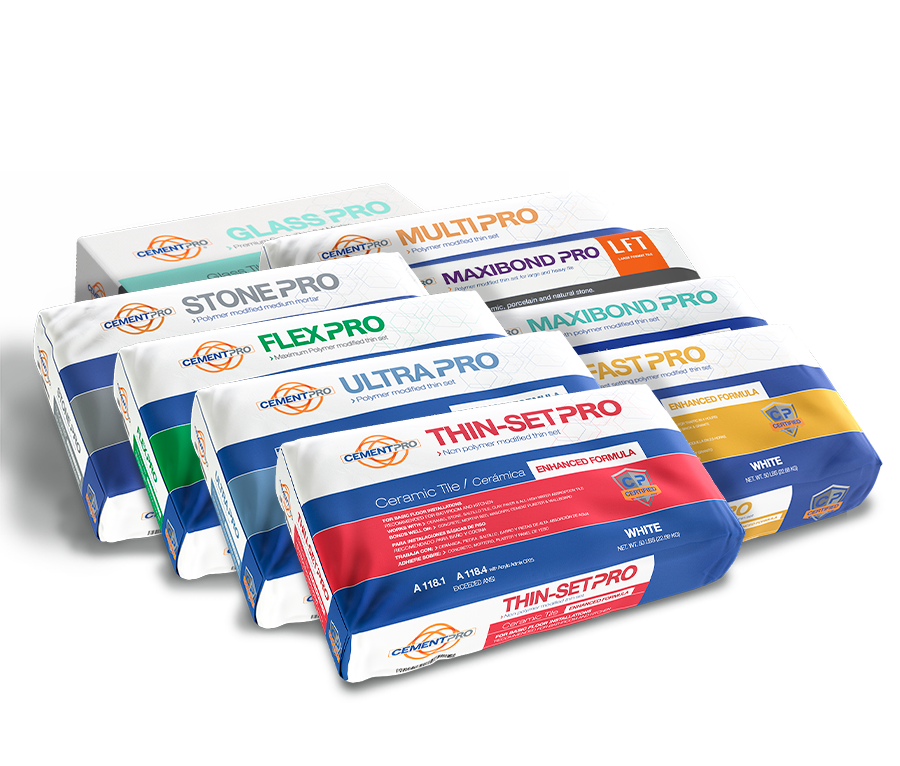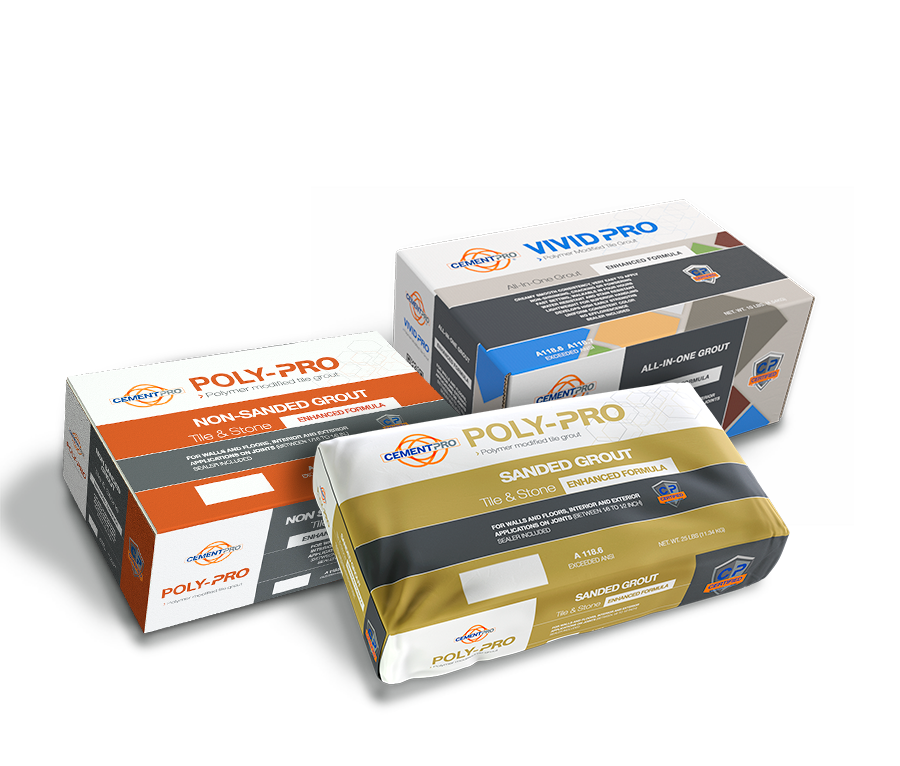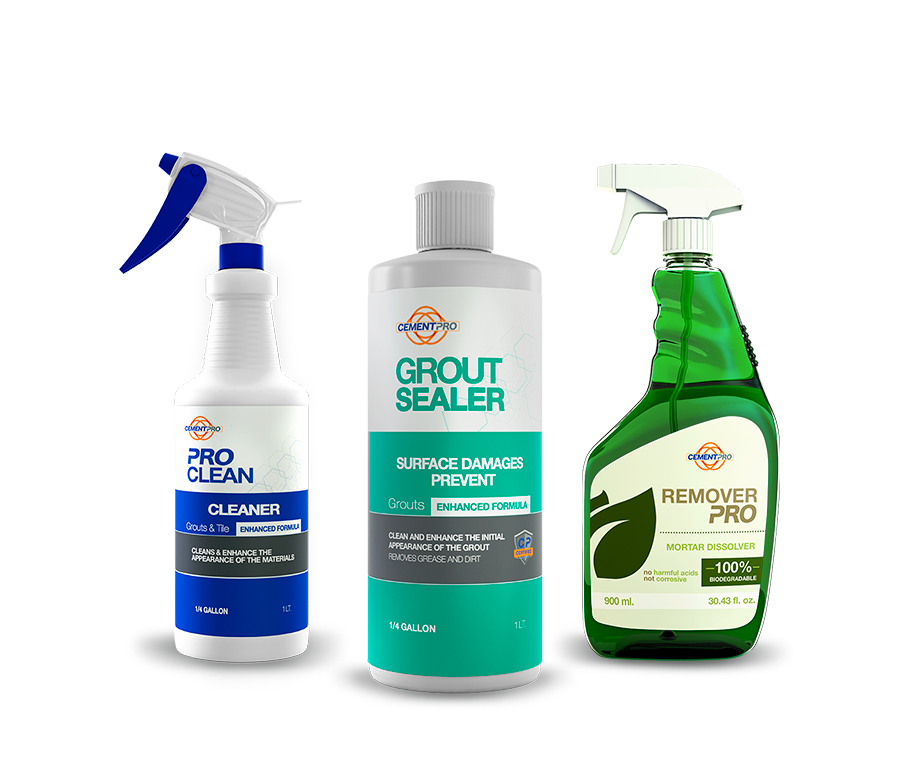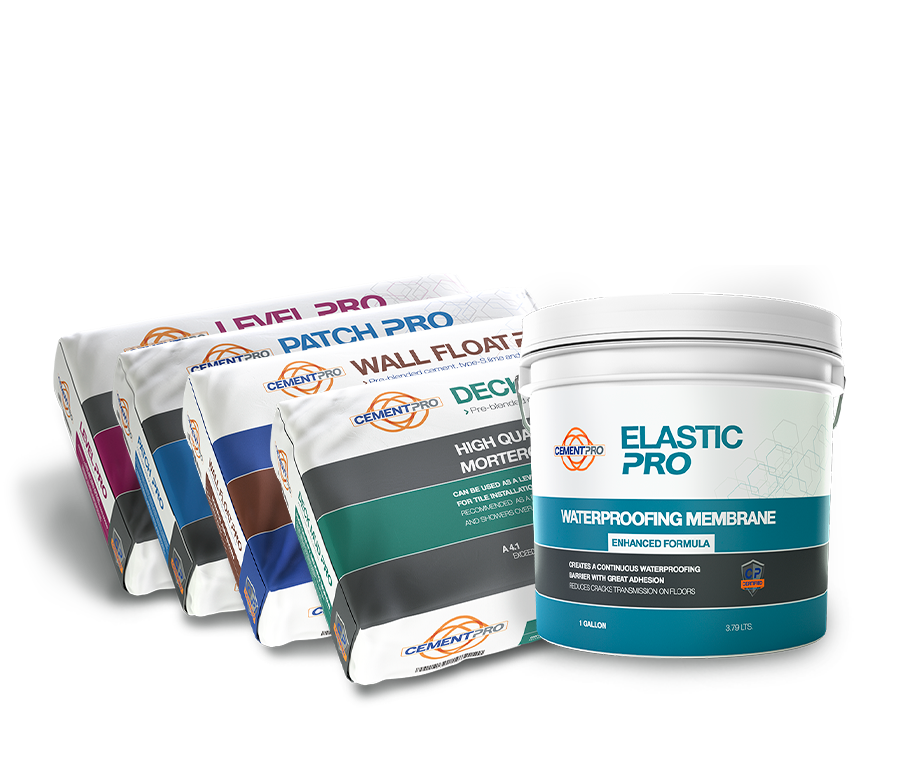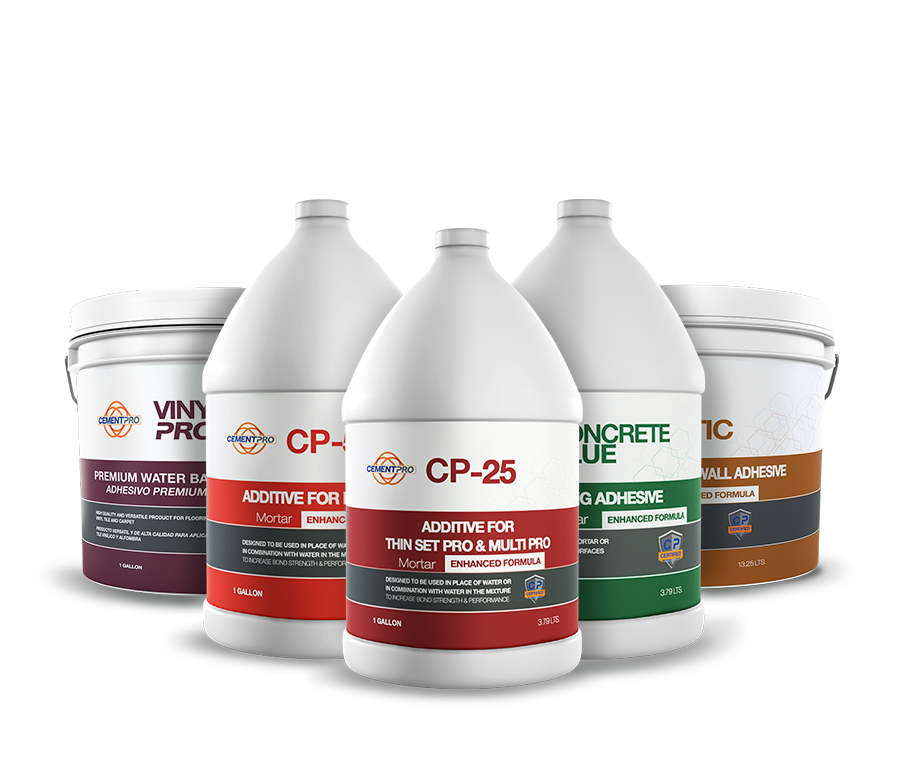
What Are VOCs?
What are VOCs, and why are they important in sustainability reporting? A VOC, volatile organic compound, is an organic chemical compound that has a high vapor pressure and low water solubility. In other words, it can quickly evaporate and enter the atmosphere. VOCs are emitted from various sources, including industrial processes, vehicle exhaust and construction products such as sealants, adhesives, and other building materials. It is vital for professionals working with or around cement-based products to be aware of the negative impact they can have on human health.
Exposure to VOCs can harm human health. Common issues are eye, nose, and throat irritation, headaches, dizziness, and in some cases, more severe respiratory and neurological problems. This is concerning for trade professionals exposed to VOCs regularly, who may have a higher risk of developing health problems. These are good reasons to ensure your business uses products tested for VOC content. Try to use “VOC Free” or “Low VOC” products.
VOC testing on products is important because VOCs can harm human health and the environment. Testing can help identify the presence and levels of VOCs in indoor and outdoor environments. It allows for appropriate measures to be taken to reduce exposure and minimize negative impacts. It also helps ensure compliance with regulations and standards related to air quality and environmental protection. One example is the South Coast Air Quality Management District, SCAQMD, Rule #1168.

VOCs In The Cement-Based Products Industry
Professionals working with or around cement-based products, such as masons, tile setters, and concrete workers, can be exposed to VOCs in their day-to-day work. Exposure can occur through inhalation of the fumes produced when these products are used or through skin contact.
To minimize the potential health risks associated with VOC exposure, workers must take steps to protect themselves. This includes wearing protective clothing, such as gloves and masks when working with products that contain VOCs. Another important step is to use products that are low in VOCs, or VOC-free, whenever possible. Additionally, employers should ensure that their workers have access to appropriate personal protective equipment and provide training on how to use it effectively.
It is also essential that workers be aware of other potential health hazards associated with using cement-based products at work. For example, cement dust and silica can be inhaled, leading to respiratory problems such as silicosis, a condition caused by inhaling silica dust.

Company Management of VOCs and Reporting
Company management of VOCs is essential to ESG reporting. It provides insight into a company’s commitment to sustainability and environmental responsibility. Through ESG reporting, companies can prioritize reducing their VOC emissions, be transparent about their efforts from an ESG perspective and implement best practices to minimize their impact on the environment and human health. These are a few reasons why CementPro is re-testing our products to ensure they meet or exceed SCAQMD Rule #1168.
CementPro strives to have low-VOC or VOC-free products. We are currently utilizing one of the leading testing laboratories to test and certify our products. As we get the updated testing results, we will publish a health product declaration, HPD, for our products. We will also update all technical and material safety data sheets to ensure we provide our customers with all the technical and safety information we can. Just one of the ways we try to be honest, transparent and accountable.

The Conclusion
Exposure to VOCs is a significant concern for professionals in this industry, and steps must be taken to minimize exposure and protect workers’ health. This includes using low-VOC products, providing appropriate personal protective equipment and ensuring that workers have access to training and education on their work’s health and safety risks. By taking these steps, we can help to create a safer and healthier work environment and contribute to improved air quality and a healthier environment for all.



